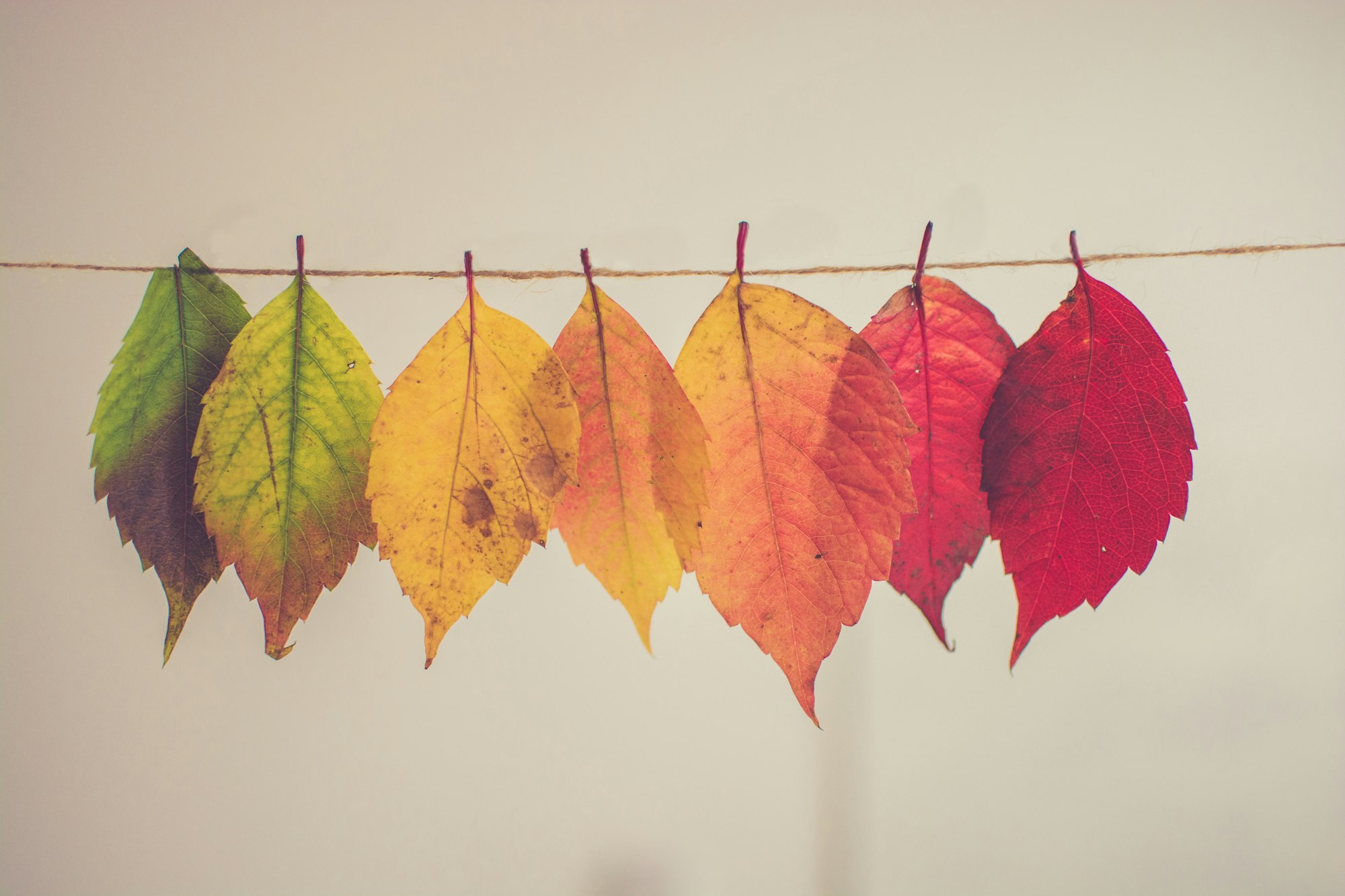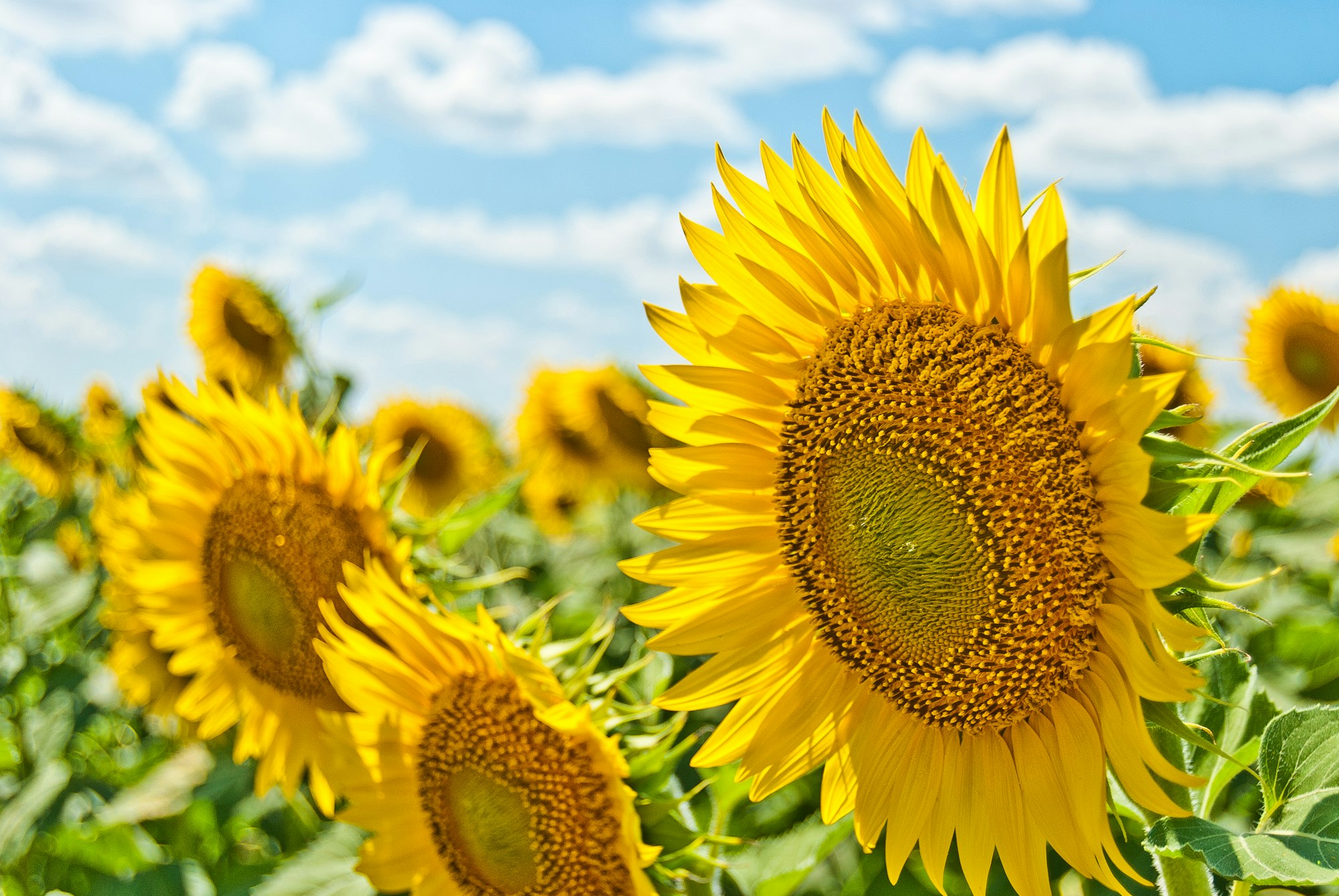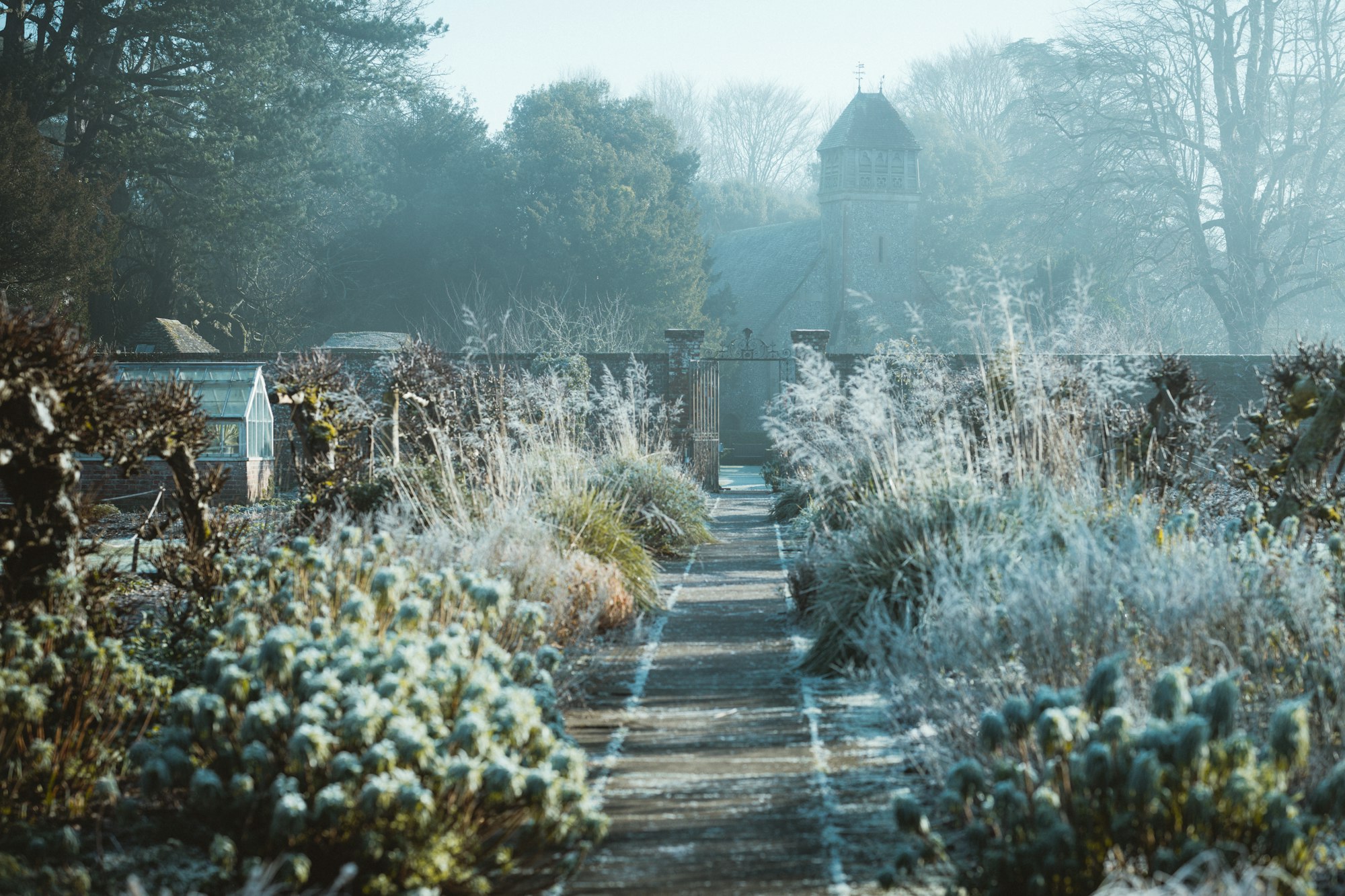Seasonal Gardening
Seasonal gardening is an effective way to maximize the productivity and beauty of your garden by planting specific crops and plants at the appropriate time during the year.

Maximizing the potential of your garden throughout the year requires an understanding of the differences between cool-season and warm-season crops and the unique characteristics of each gardening season.
During the cooler temperatures of early spring or fall, cool-season crops such as broccoli, spinach, and lettuce thrive.
In contrast, warm-season crops like tomatoes, peppers, and squash require warmer temperatures and should be planted in late spring or early summer.
To ensure a continuous supply of fresh produce and vibrant blooms, consider year-round gardening techniques such as succession planting and incorporating perennial plants.
By doing so, you can maintain a thriving garden regardless of the season and maximize the potential of your green space.

Understanding Seasonal Gardening
To have a successful seasonal garden, it is essential to understand the growing season in your zone.
By researching and taking advantage of each season's unique conditions, you can maximize your garden's productivity and beauty throughout the year.
In the spring, focus on planting cold-tolerant vegetables like cabbage, broccoli, and spinach.
Additionally, spring is ideal for growing perennials like bulbs and flowering plants that will bloom vibrantly as summer nears.
In the fall, tidy up your garden by raking leaves and moving them to garden beds or a compost pile to enrich the soil.
Consider your local climate, desired garden style, and available resources when choosing your plants.
By carefully planning your garden's seasonal planting, you can create a thriving, visually stunning space all year round.
Getting Started with Gardening Planning
To start your gardening journey, determine your planting zone and the best times to sow specific crops using a planting calendar tailored to your locality.
Sketch out your garden plot and draft plans based on seasonal planting needs, considering factors like planting depth, seed spacing, soil type, and sunlight exposure for each crop.
Customizing your garden plan to accommodate seasonal changes ensures a continuous and diverse harvest.
Keep track of the growth and progress of your plants throughout the year by maintaining a garden journal, which you can use to modify and optimize your garden plans for the following year.
You can enjoy a thriving garden every season by carefully planning and adapting your gardening strategy.

Spring Gardening
Plants for Early Spring
In early spring, it's time to start sowing seeds for vegetables and plants that thrive in cooler temperatures.
Some great vegetables to plant in your garden include lettuce, peas, spinach, and radishes.
These vegetables can tolerate light frosts and can be sown directly into the soil as soon as it become workable.
To ensure a successful spring garden, provide well-draining soil, ample sunlight, and regular watering. Keep an eye on weather forecasts and consider using row covers or frost cloths for extra protection during unexpected cold snaps.
Spring Flower Bulbs
Planting spring-flowering bulbs is a great way to add vibrant colors to your landscape. Popular spring bulbs include tulips, daffodils, and crocuses.
These bulbs should be planted in the fall or early winter to ensure beautiful blooms come springtime.
Choose bulb varieties appropriate for your climate and plant in well-draining soil with adequate sunlight.
Remember to space bulbs according to their specific planting requirements and water them thoroughly after planting.
A mulch layer can help conserve moisture and moderate soil temperatures, allowing for healthier bulb growth.

Summer Gardening
Preparing for Summer Garden
Start by clearing any weeds and debris from your garden beds to prepare for your summer garden.
Apply a layer of mulch to help retain moisture and regulate soil temperature.
Ensure you have a suitable watering system, such as a hose or sprinkler, to give your plants the necessary hydration.
Choosing Summer Plants
When selecting plants for your summer garden, consider a mix of annuals, perennials, and herbs.
For a bountiful harvest, try planting summer squash and other heat-tolerant vegetables.
Popular plants for your summer landscape include marigolds, zinnias, sunflowers, and basil.
Remember to transplant any seedlings or young plants after the risk of frost has passed.

Maintaining the Summer Garden
Regular watering is essential for your plant's health, especially during the peak of summer.
Look for any pests or diseases that may harm your plants, and address any issues as they arise.
Deadhead spent blooms and pruning plants as needed to promote ongoing growth and maintain your garden's aesthetic appeal.
Fall Gardening
Planting for Fall
To ensure a bountiful harvest in your fall garden, focus on cool-weather vegetables like lettuce, kale, cabbage, broccoli, cauliflower, onions, carrots, and winter squash.
Check the ideal planting dates for your area to maximize your garden's potential.
Fall Flowers and Shrubs
Add some vibrant color to your fall garden with asters and mums (chrysanthemums).
These flowers and shrubs can withstand cooler temperatures and thrive in well-drained soil with plenty of sunlight.
Plant them to keep your garden visually stunning throughout fall.

Winter Gardening
Preparing for the Winter Garden
To prepare your garden for winter, remove any dead plant material and add it to your compost pile.
Cover your garden beds with a thick layer of mulch to insulate the soil and encourage beneficial organisms to continue breaking down organic matter.
This will help your soil stay healthy and ready for the next growing season.
Winter Plants
Despite the cold weather, several plants can thrive in a winter garden. Hardy perennials like holly can provide color and interest during the colder months.
You can also grow garlic cloves mid to late fall before the ground freezes, and they will emerge in late winter to early spring.
Vegetables like kale, collards, and spinach can be grown in the off-season with proper care. Ensure they receive adequate sunlight and protection from harsh weather.
Shrubs and trees such as boxwood, juniper, and arborvitae can add texture and color to your landscape throughout winter.
Remember to watch your winter plants and provide the necessary care for them to thrive and survive the cold season.
With proper selection and attention, your garden can still come to life even during the harshest winter months.
Choosing the Right Plants
When planning your seasonal garden, selecting the appropriate plants for each season is crucial.
A combination of perennials and annuals is essential to achieve a colorful and thriving garden throughout the year.
Consider sun-loving perennials such as bee balm, coneflower, evening primrose, hollyhock, hyssop, and lavender for spring gardens.
These plants provide bursts of vibrant colors and attract pollinators.
In the summer season, choose lily, gaura, and Japanese anemones, as they can withstand warmer temperatures and continue to bloom beautifully.

Understanding Planting Times
Knowing the best planting times for various plants is crucial when planning your seasonal garden.
The ideal planting season generally falls between spring and autumn when the ground is easier to dig in, and more plants will be readily available at nurseries.
During May and June, you can sow seedlings and transplant cool-season crops, while July and August are suitable for planting perennials in anticipation of their vibrant colors come autumn.
September is perfect for transplanting greenhouse seedlings for their final growth stages, ensuring your garden stays attractive throughout the seasons.
Creating a Balance in Your Yard
To create a balanced yard, choose various plants that bloom and add color throughout the year.
Incorporate bulbs, deciduous trees, and perennials for a mix of early and late-season blooms.
Choose plants with different heights, textures, and colors to create visual interest.
Maintaining a balanced yard requires regular care and maintenance. Water your plants regularly, fertilize them appropriately, and prune them when necessary.
Evaluate your yard's health annually and adjust as needed, such as changing the plant types, location, or color palette to maintain a beautiful and balanced yard.
By following these steps, you can create a visually appealing four-season garden that supports your local ecosystem.

Working with Compost and Soil
To enhance your soil's structure, aeration, and moisture retention, incorporate fully matured compost into your garden during spring, summer, or fall.
For established flower or vegetable beds, mix compost into the soil during spring or fall to replenish nutrients that plants have used up during the previous season.
When using compost in your garden, consider the soil type and the plants you're cultivating.
You can also use compost as mulch around the base of your plants to regulate soil temperature and suppress weeds.
Be mindful of the carbon-to-nitrogen ratio in your compost, aiming for a balance between 25-to-1 and 40-to-1 for optimal results.
Maintaining an appropriate balance of compost and soil in your garden creates the ideal environment for your plants to thrive each season.
Below is a simple seasonal planting suggestion tool for easier navigation on edible plants.
Seasonal Planting Guide
Suitable Plants
Conclusion
Careful planning and understanding various plants' needs are crucial to maintaining a thriving garden all year round.
Knowing when to plant different varieties is essential for a continuous harvest throughout the year.
Embrace cold-hardy vegetables like kale, Brussels sprouts, and winter squash, and utilize protective measures to safeguard your plants from frost and extreme weather conditions.
With this approach, your garden can flourish and provide abundant fresh produce, regardless of the season.
Frequently Asked Questions
What are some tips for planning a garden that can thrive in all seasons?
To plan a garden that can thrive in all seasons, consider selecting suitable plants for your climate and soil type. Also, choose plants with different blooming periods so you have a variety of colors throughout the year. Finally, ensure your garden has proper drainage and receives adequate sunlight.
What are some heat-tolerant plants that can be included in a seasonal garden?
Heat-tolerant plants that can be included in a seasonal garden include succulents, cacti, lavender, and rosemary. These plants require minimal watering and can withstand hot temperatures.
What are some easy garden designs for beginners that can be adapted for seasonal gardening?
Easy garden designs for beginners that can be adapted for seasonal gardening include container, raised bed, and square-foot gardening. These designs are simple to set up and maintain and can be easily modified to accommodate seasonal changes.
What popular perennial plants can be included in a seasonal garden?
Popular perennial plants that can be included in a seasonal garden include peonies, daylilies, black-eyed susans, and coneflowers. These plants return year after year and require minimal maintenance.
What are some common mistakes to avoid when maintaining a seasonal garden?
Common mistakes to avoid when maintaining a seasonal garden include overwatering, not fertilizing enough, planting too close together, and not pruning correctly. Researching the specific needs of each plant in your garden to avoid these mistakes is essential.
What are some resources for finding the best plants to include in a seasonal garden?
Resources for finding the best plants in a seasonal garden include local nurseries, gardening books, and online gardening forums. These resources can provide valuable information on the best plants for your climate and soil type and tips for maintaining a successful seasonal garden.


